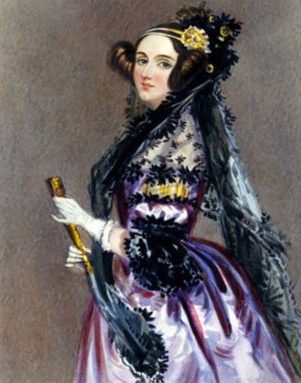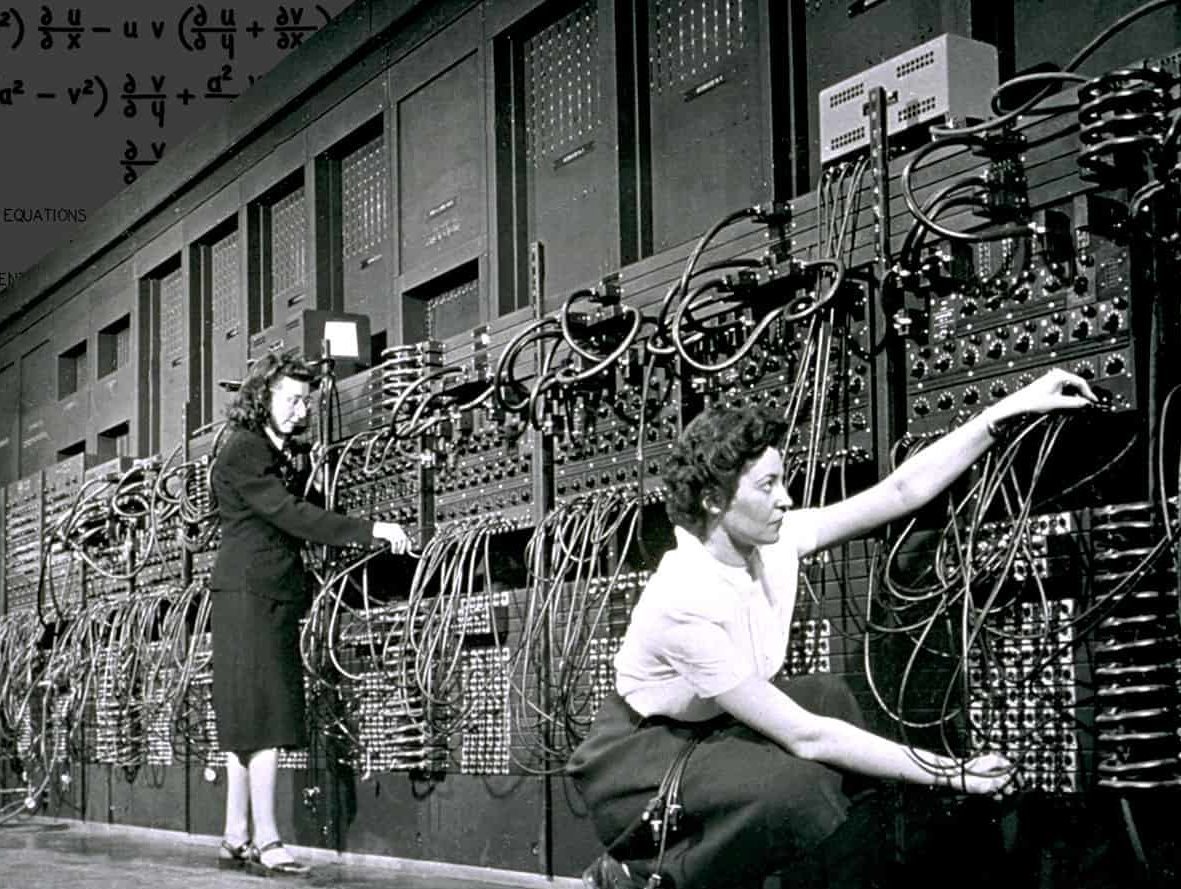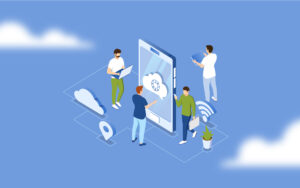In a male-dominated industry, we must recognize the significance women have held in technology and the computer sciences. Despite the prevalence of men in the tech world, there are many different ways women have advanced the industry. The history of women in tech is commonly overlooked. That said, it is important to learn about this history in hopes of encouraging more women into this field. There is no better time than March since it is also National Women’s History Month.
19th Century
Many colleges began accepting women students during the mid-1800s. This was the first time women were exposed to courses related to computer sciences. While this was a crucial point in exposing more women to the industry, women still faced many limitations. One example of this is the fact that women were forced to withdraw from any course if they were engaged or married. This barrier stunted the number of women pursuing technology.
Despite the barriers placed on women during the time, women accomplished many monumental findings in technology. Ada Lovelace-an English mathematician and writer-is considered the ‘first computer programmer’ (Computer History Museum). Lovelace’s groundbreaking findings are continually celebrated each year. She began the shift that encouraged more women to the field of computer science.
 Picture 1: Ada Lovelace. (Computer History Museum)
Picture 1: Ada Lovelace. (Computer History Museum)
20th Century
Due to World War I and World War II, the representation of women in technology increased drastically. With the draft and a continuous need for technological advancements, women were forced into the technology industry’s roles. Specifically, during World War II, women were encouraged to work as a ‘human computer’ for the US Army’s ENIAC (Electronic Numerical Integrator and Computer) project.
Under this project, women were in charge of hand-calculating firing tables for artillery shells. The women, referred to as ‘The ENIAC Girls,’ were considered the world’s first ‘human computers.’ The six women-Kathleen McNulty, Betty Jean Jennings, Frances Bilas, Elizabeth Snyder Holberton, Marlyn Wescoff, and Ruth Lichterman-programmed the ENIAC machines and later became the first teachers of modern programming (ENIAC programmers Project, IEEE Spectrum). These women helped to revolutionize technology and computing. Although women had considerable roles in technological advancements, there was no recognition for their contributions. In fact, at the time of publishing, two men were given credit for the findings of ‘The ENIAC Girls.’
 Picture 2: Two of the ENIAC programmers. (IEEE Spectrum)
Picture 2: Two of the ENIAC programmers. (IEEE Spectrum)
Women In Technology Today
Because of this lack of women’s acknowledgment of their technological findings, fewer and fewer women were interested in a technology career in more recent years (ICT Solutions & Education). However, we continue to encourage women to enter the field and attempt to diminish this gender divide. As technology continues to be more prevalent in our lives than ever, we encourage you to consider how you can help make this change and encourage more Women In Tech.
About Level365: Level365 offers a complete Unified Communications as a Service (UCaaS) solution with enterprise voice that is customizable and scalable for your business. Our service seamlessly integrates communication among desk phones, computers, and mobile devices to support remote teams and provide flexibility for on-campus staff. The UC platform extends beyond voice communications with Unified Messaging, Analytics, Presence, Chat/SMS, Cloud Faxing, CRM Integrations, and more.





